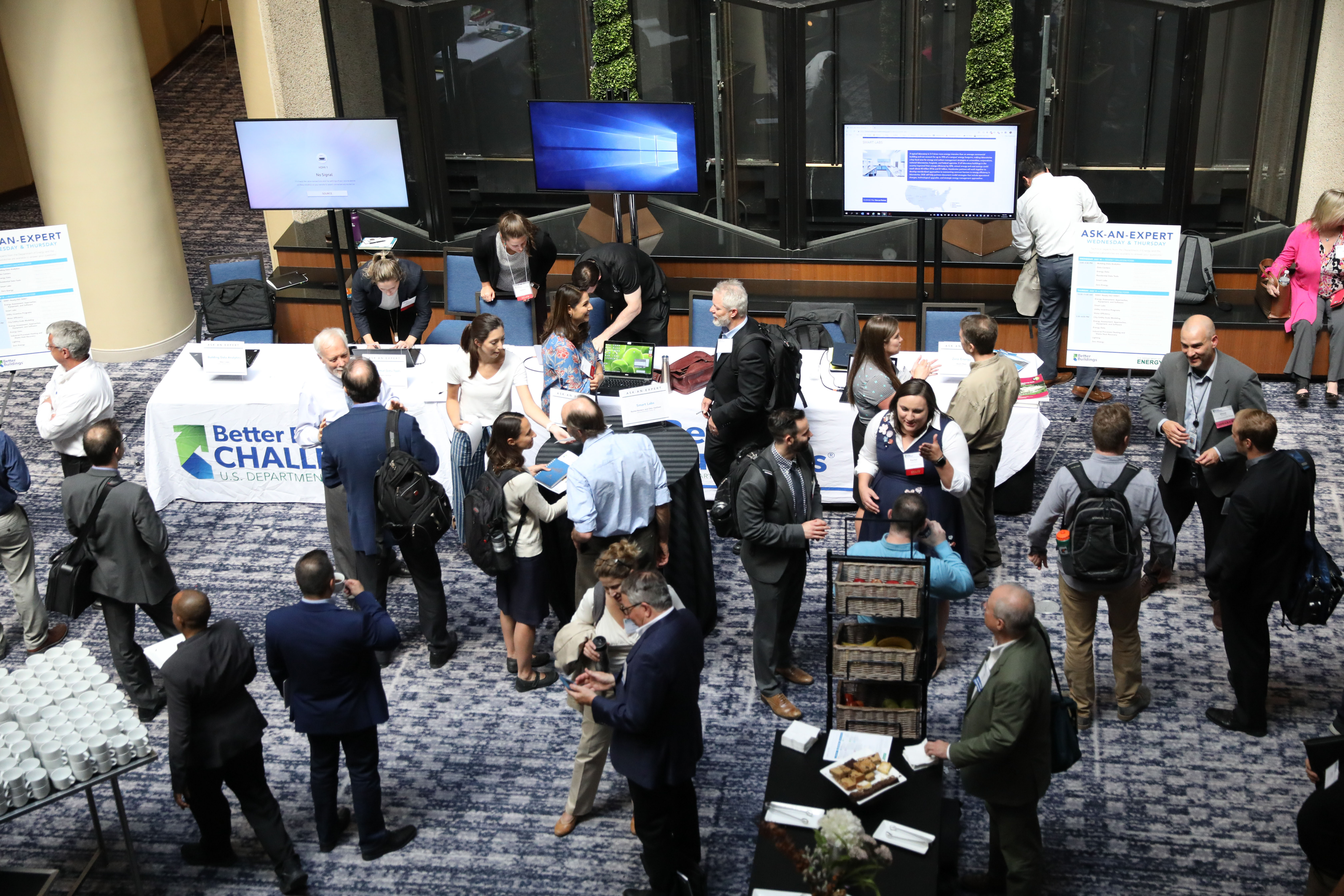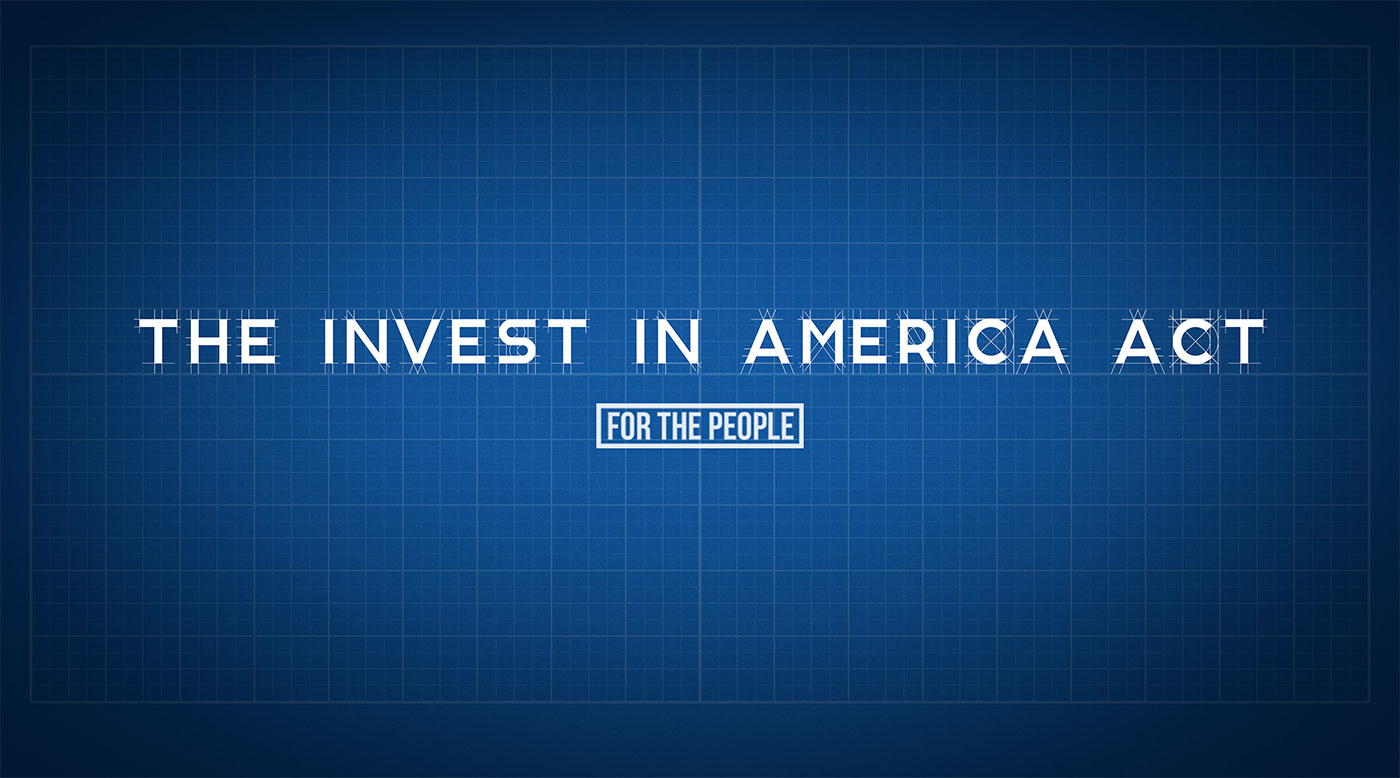How to Drive New Investments in Energy Efficiency in the G20
Let's Save Energy
Alliance to Save Energy's Blog
How to Drive New Investments in Energy Efficiency in the G20

This guest blog was written by Peter Sweatman, Chief Executive of the Climate & Strategy Partners.
Energy efficiency investments make good business sense and they deliver multiple private and public benefits – but they are not happening at a rate which delivers optimal economic, strategic nor social outcomes in G20 countries: Why ?
I posed this question to European Energy Ministers at their informal meeting in Luxembourg in September last year and we will be also discussing it at the 7th Clean Energy Ministerial in San Francisco next month.
There are three compelling reasons why we should put “Efficiency First” and work together to double global energy productivity:
• ECONOMICS: Energy Productivity (or doing more with less) sits at the base of economic prosperity1: It lowers energy bills and creates “infrastructure programme-like” levels of new employment (E3G);
• CLIMATE: About half of the pre-2035 actions needed to keep the planet on a 2-degree pathway and deliver against the Paris Agreement are “energy efficiency” (IEA) and even more so for the G20 nations. Energy efficiency first makes economic sense and cuts the cost of climate action by $ 2.8 tn (CWF);
• DEVELOPMENT: Energy efficiency is key to achieving the UN SDG 7 and to “Ensure access to affordable, reliable, sustainable and modern energy for all” the first thing we can do is “make things work with less energy”;
The International Partnership for Energy Efficiency Collaboration (IPEEC), and its partners, are working hard to support countries so that when G20 Energy Ministers meet in Beijing in June, they can lead and deliver a considered and programmatic response to keep energy efficiency on top of the international agenda and rally the resources required to provide a long-term solution. We need G20 Government Leadership because to double the global rate of improvement in energy efficiency we must fill an annual investment gap of $430 billion – or take today’s energy efficiency investment rate up by a factor of 4-5 times.
So, how do we do it ?
I see five key elements that need to be in place to mobilize more energy efficiency investments:
1) REGULATORY PUSH: An effective policy framework which provides unambiguous signals and aligns the interests of economic and financial actors to deliver optimal investment opportunities;
2) MARKET PULL: Transmitted through high quality energy and performance data, robust and meaningful energy performance certification and investment procedures supported (where necessary) by appropriate accounting and fiscal signals;
3) BUSINESS MODELS: That are replicable, scalable and that develop an industrialized approach to the high quality delivery of target customer outcomes over a horizon period which matches the assets’ useful life and are integrated into their natural upgrade cycle;
4) The removal of TECHNICAL barriers such as the accounting treatment of energy performance contracts, cumbersome public procurement procedures and split incentives; and
5) The smart ALLOCATION of limited public funds, in combination with multiples of private capital, to adequately fund National Energy Efficiency Strategies and boost the project development resources being allocated to deliver energy savings especially in buildings and SMEs.
In the G20 Energy Efficiency Finance Task Group (chaired by France and Mexico, under IPEEC) and through a wide consultation with global EE experts we are developing a voluntary framework of Energy Efficiency Investment Principles with our participating G20 countries which were welcomed by G20 Energy Ministers last year and are organised to address these finance challenges. In parallel, working with the United Nations Environment Programme Finance Initiative (UNEP FI) and its partners, we are mobilizing banks and long-term investors to more deeply integrate energy efficiency into their business practices through public commitments. To date we have long-term investors managing over $ 4 trillion and 106 banks from over 40 countries declaring their intent.
More is needed. EEFTG hopes to deepen and broaden its engagement, double these commitments and engage with insurance companies over the next 18 months.
Energy efficiency investing must become easier, second nature, mainstream and more widespread through the development of a common investment framework. Mobilising energy efficiency investments is not a “supply-side problem” - it requires structural changes in our approach to energy, starting with planning and regulation and the recognition that the infrastructure where we put energy to use is as critical and strategic as that through which energy is generated and delivered.
Full work of IPEEC and the G20.EEFTG group with references found at www.ipeec.org.
RECENT BLOG POSTS
STAY EMPOWERED
Help the Alliance advocate for policies to use energy more efficiently – supporting job creation, reduced emissions, and lower costs. Contact your member of Congress.
Energy efficiency is smart, nonpartisan, and practical. So are we. Our strength comes from an unparalleled group of Alliance Associates working collaboratively under the Alliance umbrella to pave the way for energy efficiency gains.
The power of efficiency is in your hands. Supporting the Alliance means supporting a vision for using energy more productively to achieve economic growth, a cleaner environment, and greater energy security, affordability, and reliability.



